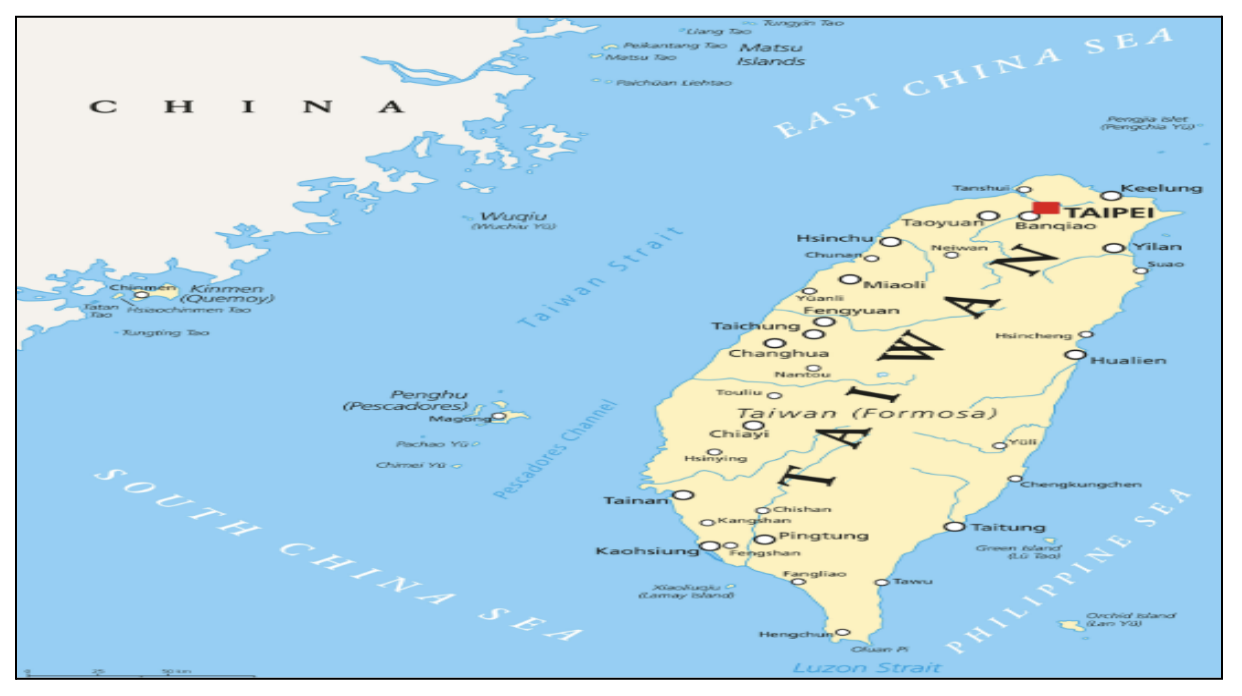News Excerpt:
Since the inauguration of Taiwanese President Lai Ching-te, China has intensified its response to his pro-independence stance, adopting 'grey-zone' warfare tactics to undermine Taiwan without direct military conflict.

What are grey zone warfare tactics?
- Grey-zone warfare, the latest in informal warfare, occupies the ambiguous space between peace and direct conflict in international relations.
- It includes activities like economic manipulation, influence operations, cyberattacks, mercenary activities, assassinations, and disinformation campaigns.
- Economic actions like debt traps and sanctions also fall within this realm.
- Grey-zone activities have long been part of great-power competition, including proxy wars, insurgencies, legal warfare, and information warfare.
- The Cold War era, with its nuclear-armed adversaries, amplified the use of grey-zone tactics due to the high stakes of conventional conflict.
- Nations now often pursue covert aggression or actions with unclear attribution to achieve their goals without direct confrontation.
- Grey-zone warfare's covert nature and indirect methods present unique challenges, requiring proportional responses and careful crisis management to avoid unintended escalation.
Example: Chinese military actions in the South China Sea and near Taiwan.
Some of the Chinese grey zone warfare tactics are:
- Military Drills and Psychological Operations: China demonstrates its readiness for potential conflict through training exercises by the People’s Liberation Army Eastern Theater Command (PLA ETC).
- On May 24, the PLA ETC released a 3D animation video on Weibo depicting a simulated invasion, with ballistic missiles targeting Taipei and Kaohsiung.
- Ongoing Pressure Tactics: Since 2020, the Taiwanese Ministry of National Defence has reported daily sorties by PLA fighter jets, UAVs, and strategic fighters on its X account.
- These sorties, while not directly engaging Taiwan's defense forces, create continuous pressure.
- Additionally, UAVs conduct intelligence operations around the island, causing wear and tear on Taiwanese forces before any actual combat occurs.
- Cognitive Warfare: China also uses cognitive warfare to influence public opinion in Taiwan.
- Recently, a Chinese citizen's drone dropped fliers on Kinmen Island, denouncing Taiwan's independence. The Kinmen Defence Command identified this as a tactic to spark public discussion and support for China's stance.
- 'Carrots and Sticks' Strategy: China employs a 'carrots and sticks' approach towards Taiwan, penalizing the Democratic Progressive Party (DPP) while favoring the Kuomintang (KMT).
- The KMT, known for its pro-mainland stance, continues to engage with Communist Party officials despite accusations of collusion from the DPP.
- China imposes economic measures against the DPP, such as suspending preferential tax rates for Taiwanese chemical imports under the Economic Cooperation Framework Agreement (ECFA), in retaliation for pro-independence sentiments.
Challenges for President Lai:
- President Lai's electoral platform focuses on '3Ds'—defense, deterrence, and diplomacy.
- Balancing these priorities while avoiding provocation from China will be a significant challenge.
- As grey-zone warfare tactics increase, Lai must carefully navigate these complex dynamics throughout his tenure.


